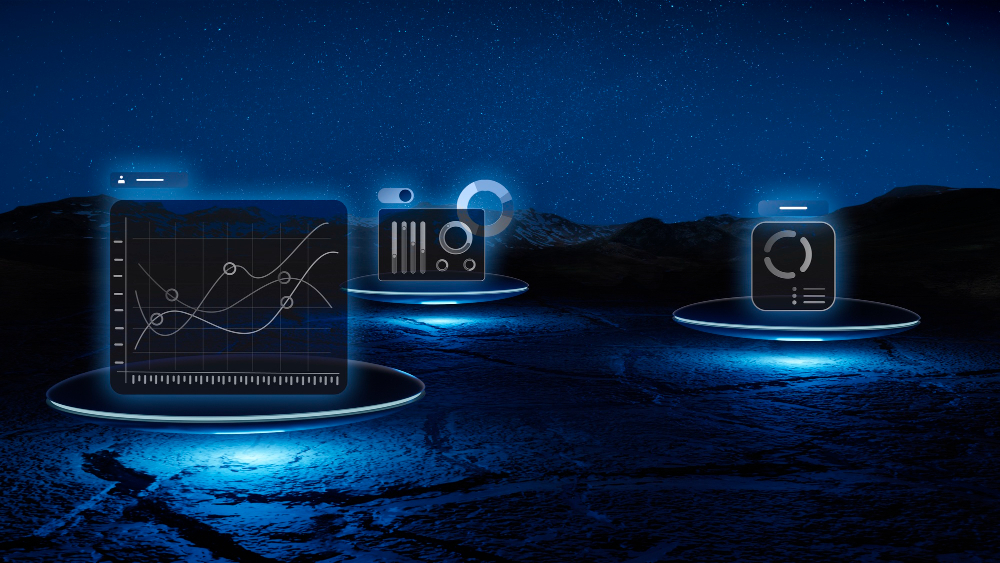Julia has rapidly gained attention in scientific computing due to its unique blend of ease of use and low-level performance. Traditional programming languages often force users to choose between ease of use (like Python) and execution speed (like C or Fortran). Julia bridges this gap, offering the simplicity of a high-level language while maintaining the performance of low-level, compiled languages.
This blog will explore why Julia is ideal for high-performance computing (HPC), focusing on its design principles, core language features, and practical examples.
Why Julia?
1. Designed for Speed
Julia was built from the ground up with speed in mind. Unlike interpreted languages like Python, Julia uses Just-In-Time (JIT) compilation via LLVM (Low-Level Virtual Machine), which means code is compiled to machine-level instructions before execution, optimizing runtime performance.
2. Multiple Dispatch
Julia’s multiple dispatch system allows functions to be defined based on the types of all arguments, not just the first one. This capability enables highly optimized code that is both readable and efficient. This design encourages more generic and reusable code without sacrificing performance.
3. Native Parallelism and Distributed Computing
Julia has native support for parallel and distributed computing, making it highly efficient for tackling large-scale problems. Users can easily write multi-threaded applications and run computations across multiple machines with built-in features like @distributed and @parallel macros.
4. Flexible Type System
Julia’s type system is dynamic but allows for type declarations when necessary. This means that you can write high-level, readable code but still optimize specific functions for performance when needed. This flexibility gives you the best of both worlds.
5. Seamless C and Python Integration
Julia can call C functions directly without wrappers or intermediate layers, allowing high-performance external libraries to be integrated seamlessly. Julia also has an extensive PyCall package, enabling the use of Python libraries directly in Julia, making it a great choice for hybrid projects.
Practical Examples of Julia's Performance in HPC
Let’s look at some code examples to understand how Julia's design allows for efficient execution in computationally intensive tasks.
Example 1: Fibonacci Sequence
This simple example showcases Julia’s speed. Let’s compare a naive recursive implementation in Python and Julia.
Python Implementation:
def fib(n):
if n <= 1:
return n
return fib(n - 1) + fib(n - 2)
print(fib(40))Julia Implementation:
function fib(n)
n <= 1 && return n
return fib(n - 1) + fib(n - 2)
end
println(fib(40))While the code looks almost identical, the Julia version will execute significantly faster due to its JIT compilation and efficient memory management. Julia's LLVM optimization allows it to handle recursive function calls much more effectively than Python.
Example 2: Matrix Multiplication (BLAS integration)
Scientific and technical computing often involves large-scale matrix operations. Julia’s built-in LinearAlgebra library uses optimized BLAS (Basic Linear Algebra Subprograms) routines, delivering top-notch performance.
using LinearAlgebra
Create two large random matrices
A = rand(1000, 1000)
B = rand(1000, 1000)
Perform matrix multiplication
C = A * BThe above operation will execute at a speed comparable to highly optimized C or Fortran code, thanks to Julia’s direct integration with the BLAS library.
Example 3: Parallel Computation
Julia’s native parallelism allows you to utilize multiple cores and distributed environments efficiently. Consider the example of calculating the sum of squares in parallel:
addprocs(4) Add worker processes
@everywhere function sum_of_squares(n)
return sum(i^2 for i in 1:n)
end
n = 1_000_000
result = @distributed (+) for i in 1:n
i^2
end
println(result)This code will efficiently split the workload across four worker processes, significantly speeding up the computation when compared to a single-threaded execution.
Julia’s Libraries for HPC
Beyond the core language features, Julia boasts an impressive ecosystem of libraries specifically designed for HPC.
1. DifferentialEquations.jl
This library provides efficient and scalable solvers for ordinary differential equations (ODEs), partial differential equations (PDEs), and other mathematical models. It is widely used in fields like physics, biology, and engineering.
using DifferentialEquations
function lorenz!(du,u,p,t)
du[1] = 10.0*(u[2]-u[1])
du[2] = u[1]*(28.0-u[3]) - u[2]
du[3] = u[1]*u[2] - 8/3*u[3]
end
u0 = [1.0; 0.0; 0.0]
tspan = (0.0, 100.0)
prob = ODEProblem(lorenz!, u0, tspan)
sol = solve(prob)
println(sol)2. CUDA.jl
Julia offers first-class support for GPU computing with CUDA.jl. It provides seamless integration with NVIDIA GPUs, enabling you to write high-performance GPU kernels in Julia.
using CUDA
Allocate and initialize GPU arrays
A = CUDA.fill(2.0, 1000)
B = CUDA.fill(3.0, 1000)
Perform GPU-accelerated element-wise multiplication
C = A .* BWith Julia, you don’t need to write separate CUDA C/C++ code for your GPU operations. You can write everything in a single language without sacrificing performance.
Important Breakthroughs with Julia in HPC
1. Celeste: A Parallel Astronomy Cataloging System
The Celeste project, written in Julia, was used to process astronomical data from the Sloan Digital Sky Survey. Julia's ability to handle parallelism and numerical computing enabled Celeste to process 178 terabytes of data, setting new records for cataloging celestial bodies in the sky.
2. Exascale Computing
Julia is also being used in exascale computing projects, tackling some of the most complex simulations in physics, weather forecasting, and climate modeling. Its capacity to handle parallel computing at this scale is critical for addressing problems that require enormous computational resources.
The Future of High-Performance Computing
Julia stands at the intersection of high-level usability and low-level performance, making it an ideal choice for HPC tasks. Whether it’s for numerical simulations, data analysis, or distributed computing, Julia's powerful design—combined with its growing ecosystem of libraries—positions it as the future of high-performance computing.
The examples in this blog highlight Julia’s ability to offer both simplicity and speed without compromising on either, making it a powerful tool for researchers, scientists, and engineers across a wide range of disciplines.
Ready to dive into high-performance computing? Give Julia a try and experience how it simplifies complex computational tasks while delivering C-like performance!





